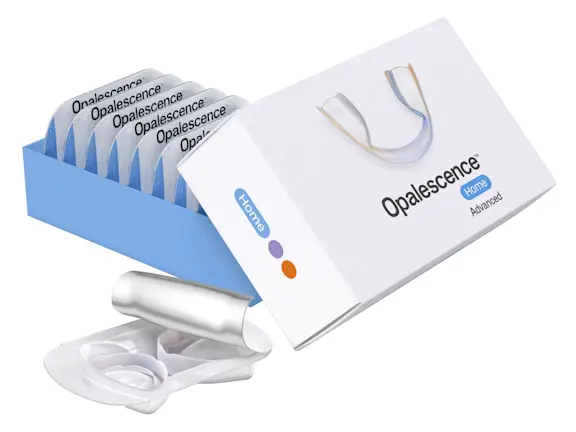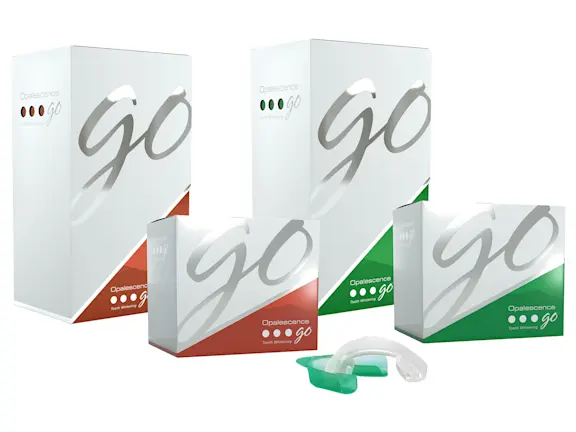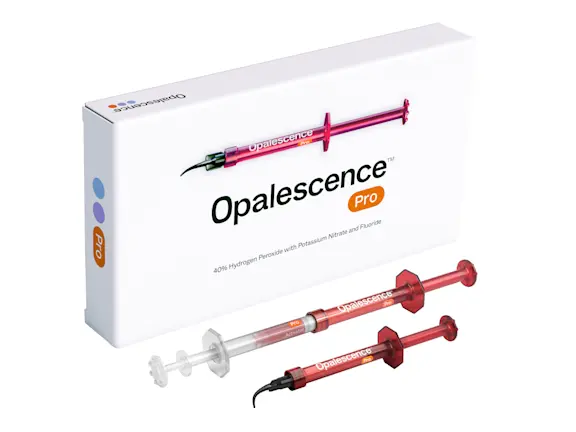Teeth Whitening Myths
Tuesday, September 16, 2025
A bright smile is the prettiest accessory you can wear. As a dental professional, you often encounter patients eager to achieve a brighter smile through teeth whitening. Yet, numerous myths surrounding this popular cosmetic procedure can lead to confusion and unrealistic expectations. It’s crucial to address these misconceptions with evidence-based information to help patients make informed decisions.
We interviewed some of our top clinicians to get their take on how to handle these myths when patients bring them up.
Myth 1: You Can Whiten Crowns, Veneers, and Fillings
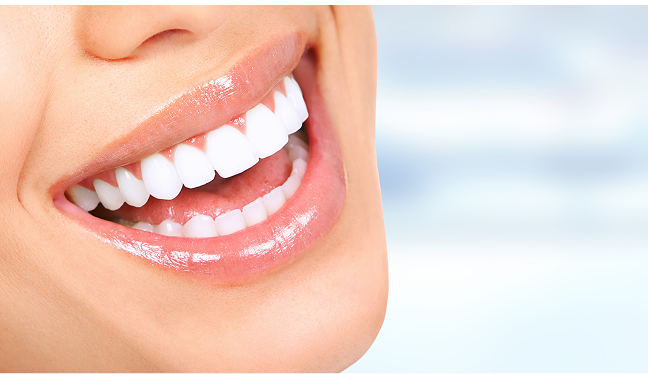
Crowns, veneers, and fillings are made from materials like porcelain and composite resin that do not respond to whitening agents. These materials are made to resist stains, and you cannot change their color with bleach. Research shows that their nonporous structure and makeup prevent chemical reactions that whiten natural teeth.
How to Address with Patients: Explain the limitations of whitening agents on these materials and suggest alternative cosmetic treatments, such as replacing old restorations to match the whitened natural teeth. Emphasize the importance of managing expectations and the benefits of professional guidance in achieving a uniform smile.
Myth 2: Oil Pulling can Whiten Teeth
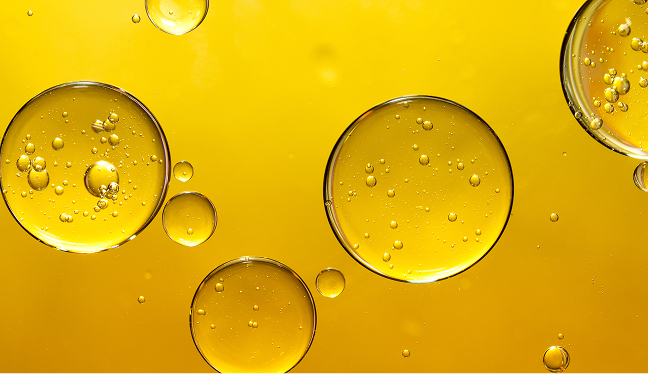
Actually, scientific evidence shows there is no whitening benefit. There is some thought that the oil can adhere to surface debris on the teeth and remove them, which can lead people to believe that oil pulling can whiten their teeth.
How to Address with Patients: Provide evidence-based alternatives for teeth whitening, such as professional treatments or approved at-home kits. Explain the structure of a tooth and how products whiten the dentin and enamel to potentially help any misunderstandings. Lastly, highlight the importance of using scientifically validated methods to achieve desired results and maintain oral health.
Myth 3: Whitening Is Harmful to Sensitive Teeth
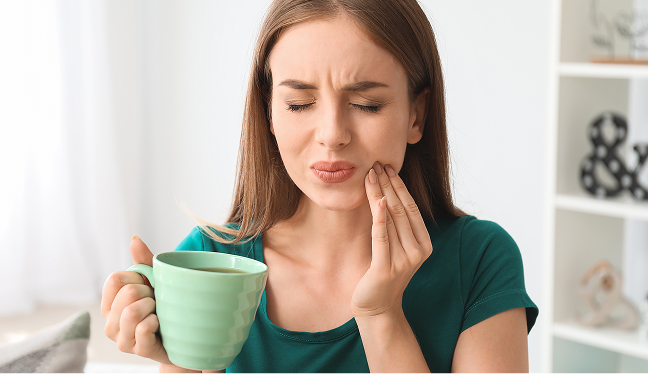
Modern whitening techniques include desensitizing agents and lower concentrations of bleaching agents to minimize sensitivity. Additionally, tooth sensitivity toothpastes like Opalescence™ Whitening Toothpaste Sensitivity Relief contain potassium nitrate to help relieve tooth sensitivity.1
Some patients with certain conditions or who grind their teeth might be more susceptible to teeth sensitivity. In these cases, make sure to tailor whitening treatments to their individual needs.
How to Address with Patients: Offer tips for reducing sensitivity during whitening treatments, such as using sensitivity relief toothpaste and desensitizing gel, and avoiding extremely hot or cold foods and drinks when possible. Reassure patients that professional supervision ensures trusted and effective whitening, even for those with sensitive teeth.
Additionally, many patients experience success with teeth whitening when using a lower concentration of carbamide peroxide, providing a slow but steady teeth whitening experience. When you need to tailor a treatment for a specific patient, we offer professional grade whitening options in a range of concentrations.
Myth 4: Acidic Fruits Whiten Teeth

Acidic fruits can damage enamel and are not effective whitening agents. The acids in fruits like lemons can erode enamel by dissolving the minerals that make up a tooth’s hard outer layer, leading to increased sensitivity and decay. At first, a tooth might appear lighter because the acidity is etching the enamel, giving it a frosted appearance. However, as the enamel thins, the teeth will look darker. And when a tooth is demineralized, it can be more susceptible to staining and decay.
How to Address with Patients: Warn against DIY methods and recommend professional treatments that are effective. Educate patients on the risks of using acidic substances on their teeth and the benefits of seeking professional advice for cosmetic dental procedures.
Myth 5: Teeth Whitening Is Harmful to Tooth Enamel
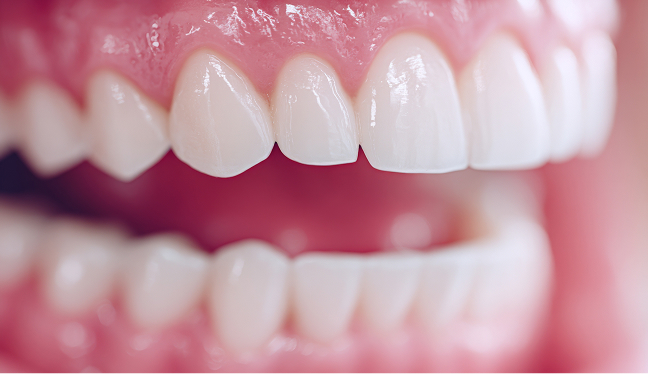
Whitening agents like hydrogen peroxide and carbamide peroxide work by breaking down stains from within the tooth structure. And they can do this without harming the enamel. The American Dental Association has found that these agents are safe and effective when used as directed.2 Using a whitening treatment with a neutral pH, like Opalescence™ whitening products3, is also recommended.
How to Address with Patients: Emphasize the importance of professional supervision for safe teeth whitening and reassure patients about the safety of these treatments. Explain the chemical process of whitening and how it targets stains without compromising enamel integrity.
Myth 6: You Can't Whiten Your Teeth if You Drink Red Wine and Coffee

It’s true that red wine and coffee contain tannins and chromogens that cause staining. But that certainly doesn’t mean you have to completely avoid these drinks in order to have a beautifully white smile. If a dental patient of yours asks, “How long after teeth whitening can I drink coffee?” here’s what you can say:
Long-term staining can be managed with good oral hygiene and regular dental cleanings. Additionally, establishing a whitening maintenance routine can help maintain previous teeth whitening results.
“Coffee and red wine? Those typically cause external stains, so they’re not going change the color of the tooth from within. We’re going to mostly remove those surface stains during your cleaning; the whitening will just enhance it.”
Crystal Martinez Barnes, RDH
How to Address with Patients: Recommend using a straw and opting for darker coffee roasts, which are often less acidic and contain fewer intact tannins. Also, emphasize the importance of regular dental cleanings to maintain their whitening results.
Professional-grade teeth whitening can help patients achieve a brighter, whiter smile. However, some patients might see the need to touch up their whitening treatments more often to maintain their results. Educate patients on the benefits of moderation and proper brushing and flossing in preserving their bright smiles.
Conclusion
Addressing teeth whitening myths with patients is essential for setting realistic expectations and ensuring safe practices. By providing evidence-based information and actively listening to patient concerns, dental professionals can build trust and help patients achieve their desired results while maintaining optimal oral health.
Encourage ongoing education and open communication, using active listening techniques to understand patient needs and preferences. This approach fosters a strong patient dentist relationship, ensuring satisfaction and confidence in their dental care.
- Martins CC, Firmino RT, Riva JJ, et al. Desensitizing Toothpastes for Dentin Hypersensitivity: A Network Meta-analysis. J Dent Res. 2020;99(5):514-522. doi:10.1177/0022034520903036
- https://www.ada.org/resources/ada-library/oral-health-topics/whitening
- Data on file

By Casey Fenich
As the Global SEO Manager at Ultradent, Casey combines over a decade of digital marketing expertise with a passion for storytelling. By day, Casey spearheads global SEO strategies, and by night, engages in self-publishing, crafting captivating narratives for diverse audiences.
